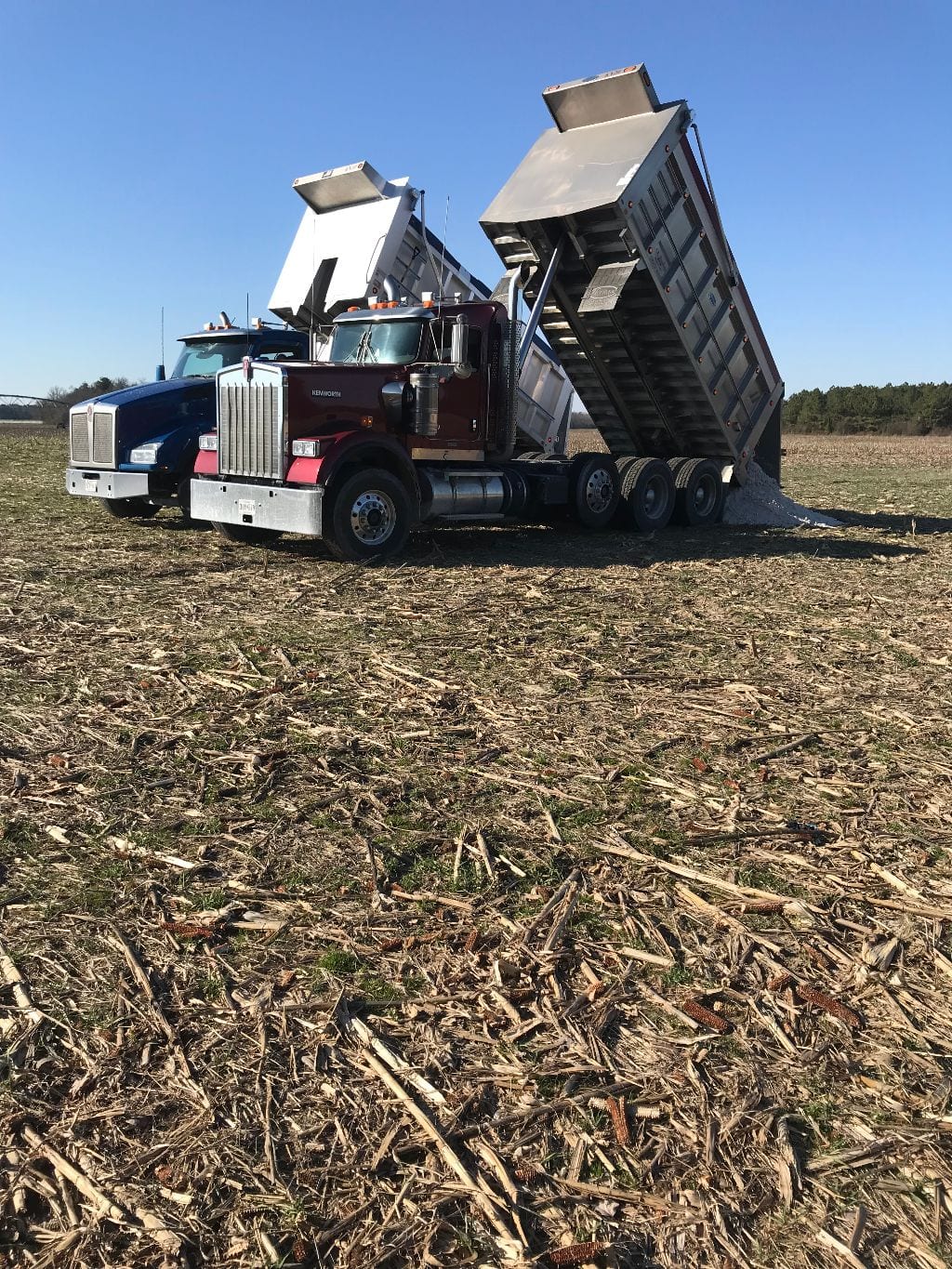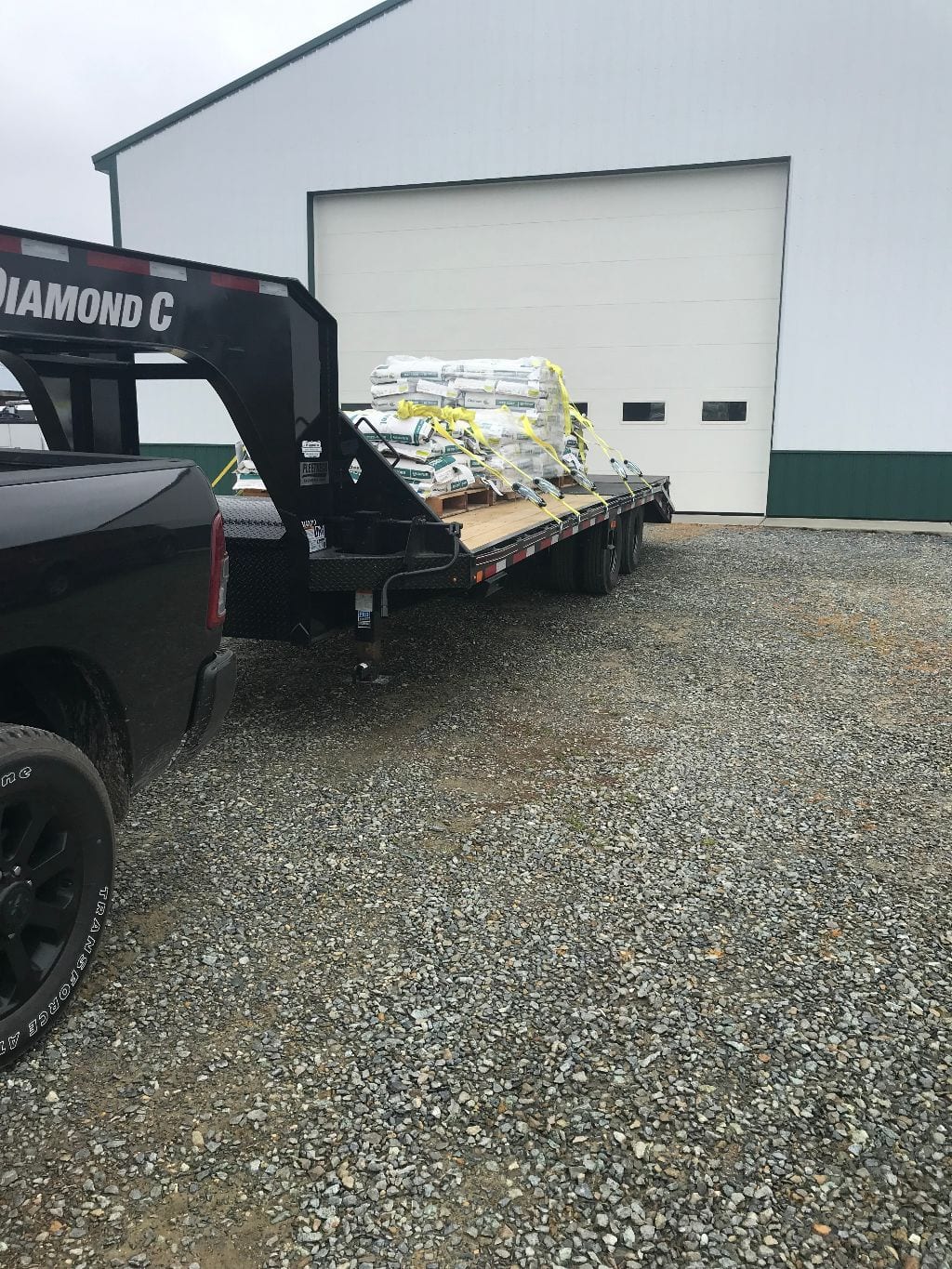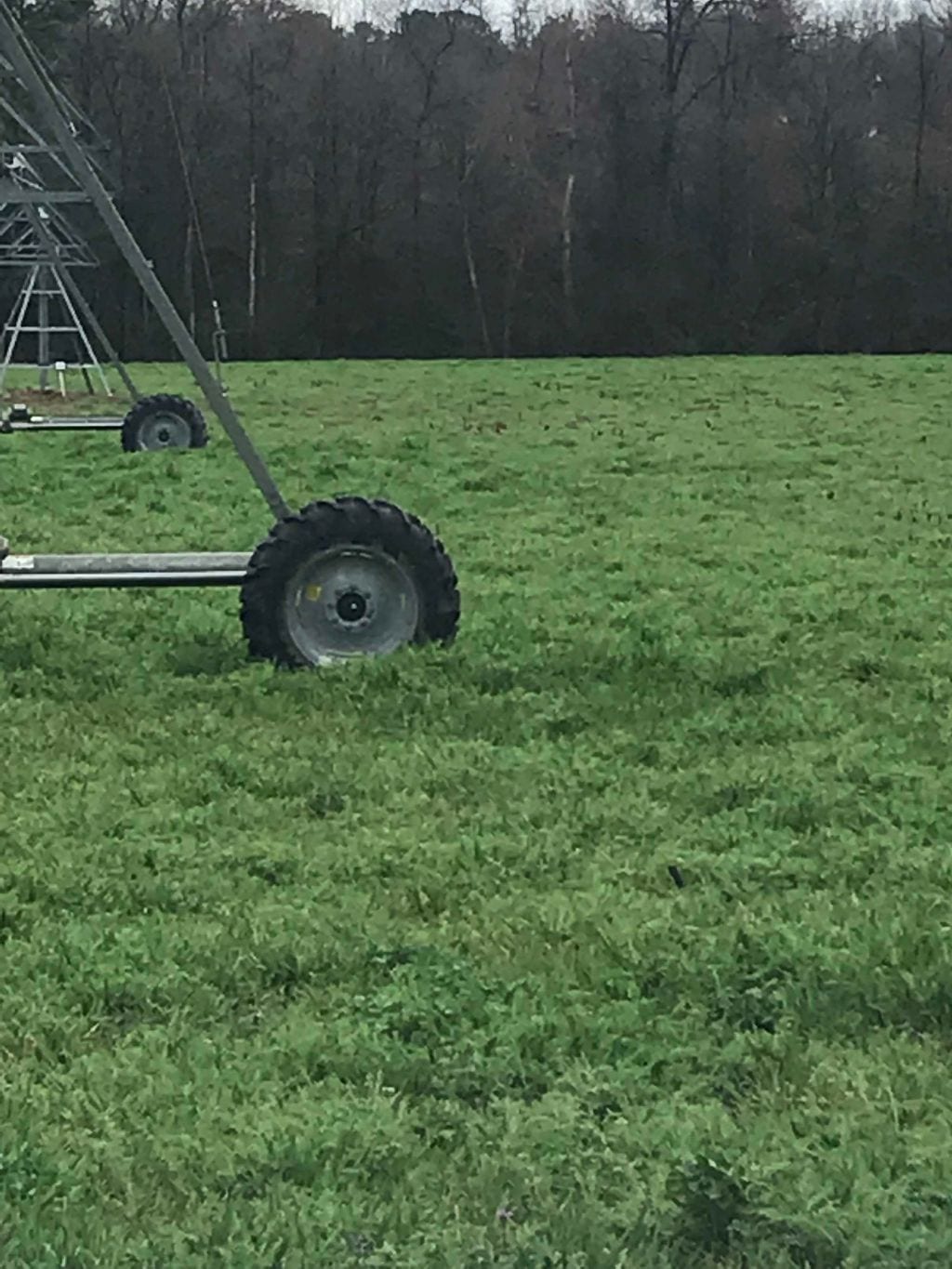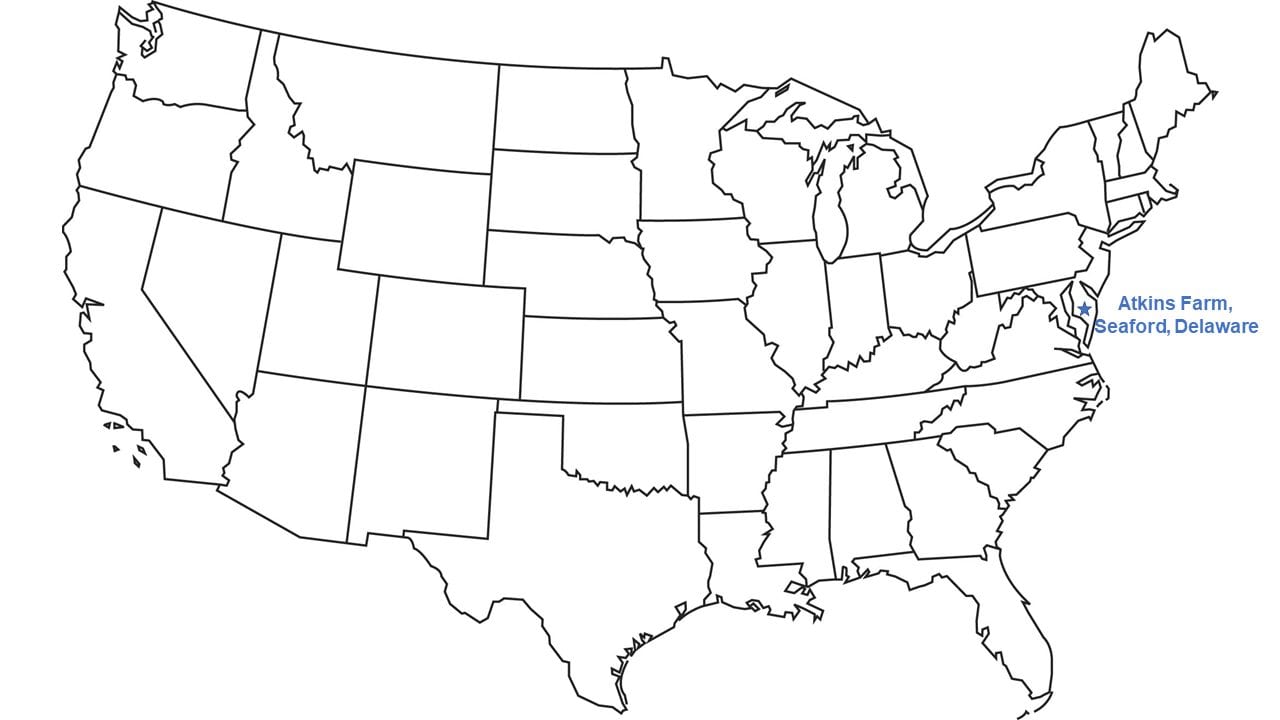March has been relatively warm and dry in our area, on the U.S. east coast. If the weather holds, planting will start sooner rather than later. Though some industries have been slowed by the coronavirus, farming is continuing as planned. Our state currently has closed all non-essential businesses and has a stay-at-home order in place due to COVID-19. Although agriculture is an essential business, we continue to practice social distancing and limiting interactions when possible.
To get ready, I’ve been spreading lime to improve the pH of the soil and potash to supply potassium fertilizer on the fields that need it. In Delaware, I’m required to have a nutrient management plan written by a local agronomic expert who is a certified nutrient management consultant. My plans are based on soil tests and data from previous years. I use variable rate technology to apply just what’s needed where it’s needed.

I’m not the only farmer in the area getting ready to plant. In our area, corn planting usually starts around April 15 to 20. But if the weather stays warmer than normal, we may start planting corn as early as April 5.

As mentioned before, I also sell seed to about 100 area farmers. As a seed dealer, my role in the supply chain is to get critical inputs to farmers so they can plant. I am delivering seed to them, though I am practicing social distancing as I do it. Most of my customers just want their corn seed right now, so that’s what I’m delivering for the next few weeks. I’ll deliver their soybeans next month so they can start planting soybeans in May.

While many area farmers are getting ready for corn planning, in my fields, I plan to plant my soybeans first. I hope to start planting them about April 15 if it stays warm and dry. I plant my soybeans using a method called no-till, and they will be planted into a green cover crop. This farming practice saves time and money, as well as improving soil health and the environment. Planting early helps soybeans yield better. This past winter, I went over the planter this winter to clean and repair it as needed. It’s now hooked up and ready to go!
Between seed deliveries, preparing to plant soybeans, and an occasional weather delay, I am side-dressing nitrogen on my small grains, including winter wheat and barley. Most of the small grains harvested will be stored and planted as cover crops following harvest this fall. Despite all the current issues with COVID-19, I’m looking forward to planting the 2020 crop.
Planting my fields – including my soybeans, corn, and vegetable crops like green beans, lima beans and pickling cucumbers – plus doing custom planting for other farmers in my area and getting all those crops off to a good start, will keep me very busy for the next few months.

